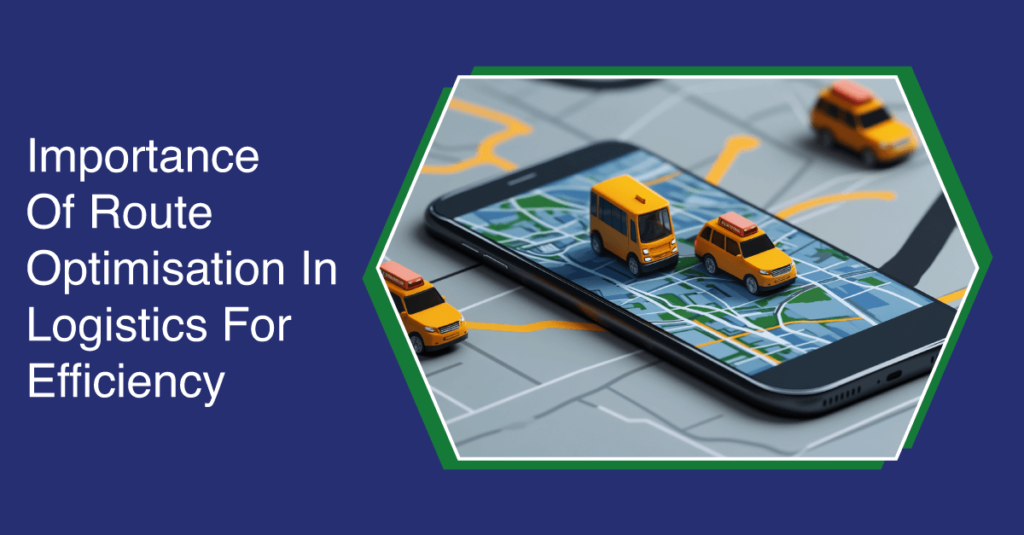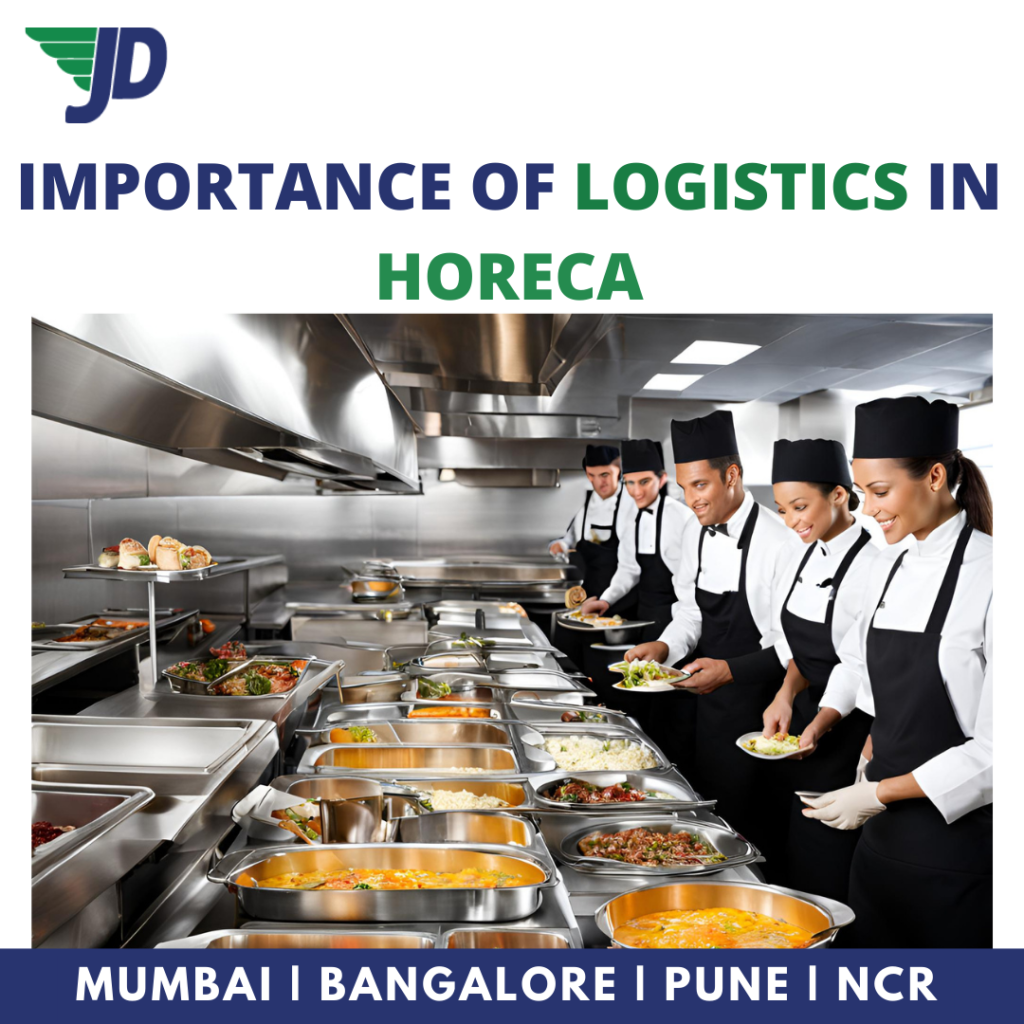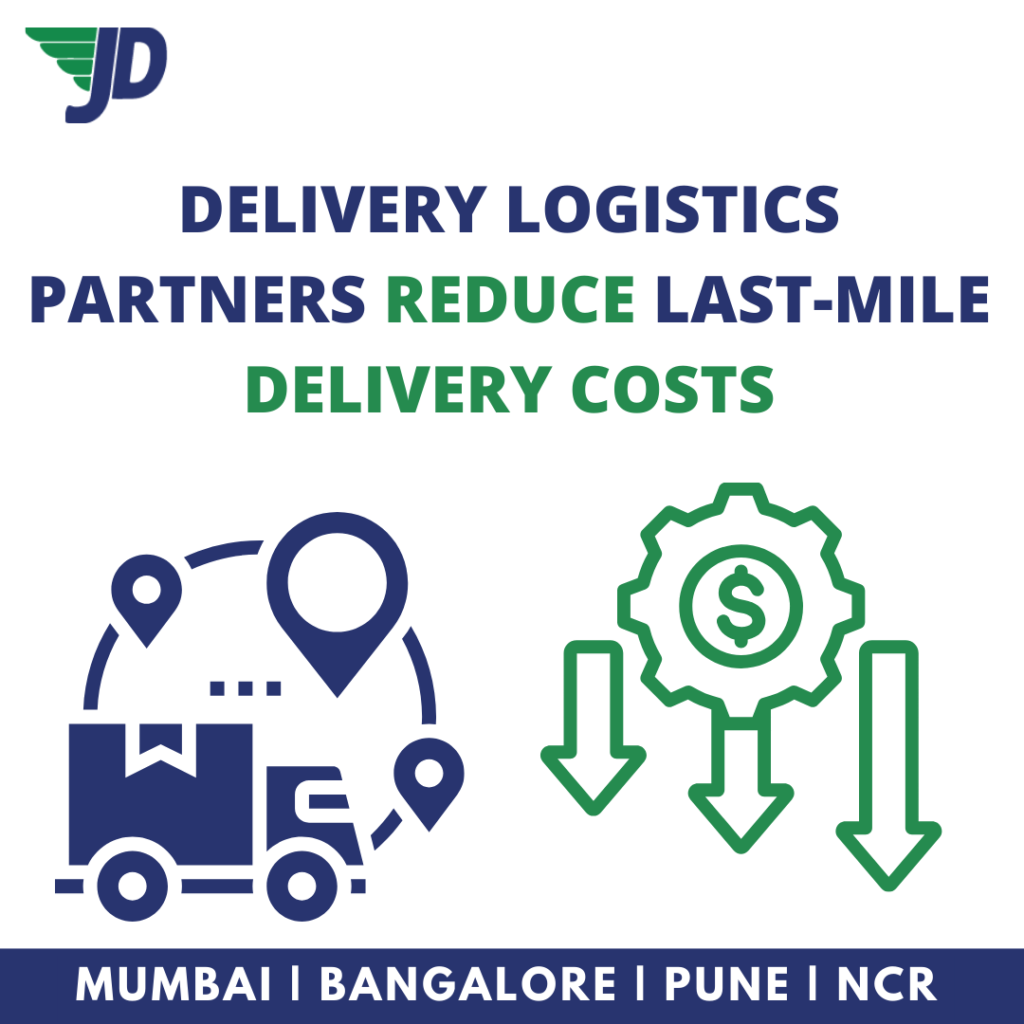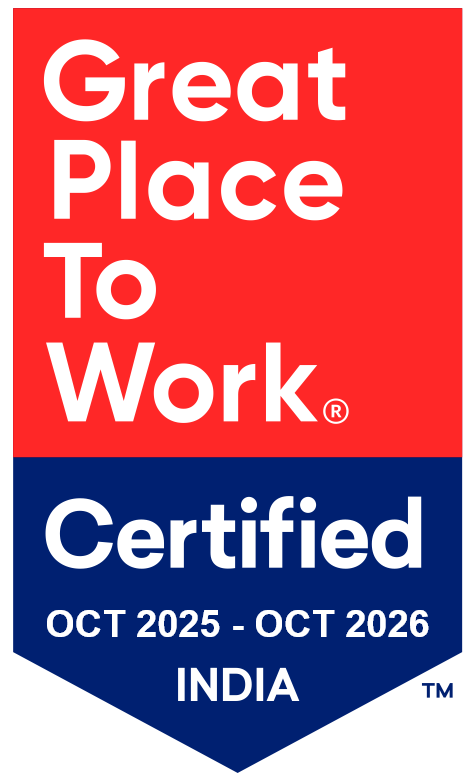Timely delivery is one of the deciding factors in customer satisfaction. With the advancements in logistics, customers expect businesses to deliver goods on time and in top condition. Delayed deliveries lead to customer dissatisfaction, negative reviews, and loss of business. There could be a number of reasons for a delay in shipment; some are out of your control while others can be managed through process optimisation.
Route optimisation in logistics is a practical solution that you can easily implement to streamline your processes. This blog aims to explain what route optimisation is, how it will help your business, and the factors that help you optimise your routes.
A] What is Route Optimisation?
Route planning in logistics combines modern solutions like live GPS software and machine learning along with on-ground reports to find the most efficient routes for transporting goods from one location to another. Route optimisation is a time-consuming process that requires you to analyse factors like traffic conditions, alternate routes, fuel costs, road safety, and delivery schedules.
An effective route optimisation strategy doesn’t simply rely on route planning software and online tools but also needs to consider insights from drivers and delivery managers. A comprehensive approach is necessary to maximise cost-effectiveness and productivity.
Looking for B2B Last-Mile Delivery Services?
Partner with Us for Seamless B2B Last-Mile Delivery from Warehouse to Retailer
B] Importance Of Route Optimisation In Logistics For Efficiency
1. Cost Reduction
Route optimisation involves finding the shortest and fastest route between the product and the final destination. This directly cuts down fuel costs as delivery vehicles have to operate for less time. Efficient routing also significantly reduces the vehicle’s wear and tear and maintenance costs. Route optimisation also helps to reduce labour costs. Combining these cost-saving factors allows businesses to operate on a lower budget and maintain profitability.
2. Improved Delivery Efficiency
Proper routing techniques allow drivers to reach their destination on time. Factoring in traffic, accidents, and road conditions before leaving the distribution hub enables drivers to choose the route that will take the least amount of time to reach their destination. This is essential for the timely delivery of goods and also allows delivery drivers to finish their work early. Route optimisation is especially important in the case of cold chain logistics as perishable goods have a shorter shelf life and need to reach the delivery point on time.
3. Enhanced Customer Satisfaction
Route optimisation software enables businesses to make accurate predictions about estimated delivery time and deliver before the deadline. Receiving products before time is often shown to have a positive impact on customer satisfaction and improve brand reliability. You can partner with a professional logistics company to help you minimise delivery time and enhance customer satisfaction. This creates customer loyalty and brings in more business.
4. Environmental Impact
Shorter routes mean the delivery vehicles are going to be running less and consuming less fuel. This ends up emitting fewer toxins in the atmosphere like carbon dioxide, nitrogen oxides, and carbon monoxide. Route optimisation helps to curb the problem of carbon emissions and make supply chain operations more environmentally friendly. Companies focused on environmental sustainability could benefit from route optimisation for delivery.
5. Better Resource Allocation
Route optimisation planning does not just involve finding the fastest routes but also considers proximity, capacity of vehicles, and delivery window. This helps to club orders together, reducing the number of vehicles needed. By combining orders in proximity in a single trip, businesses can significantly reduce cost, time, and effort. This is ideal for scaling your business.
6. Less Accidents
One of the lesser-known benefits of vehicle route optimisation is that it can help to reduce the frequency of accidents during transit. By accounting for road conditions, accident-prone zones, and causes of accidents companies can find the most optimal routes. Companies can also reroute to prevent drivers from going through crime-prone areas.
C] Key Factors Influencing Route Optimisation
1. Real-Time Traffic Data
Companies need to consider real-time traffic data to learn about accidents, traffic jams, and ongoing construction work. These things can increase the delay in delivery and cause the delivery personnel to take unnecessary detours. Real-time traffic data helps to choose the best routes in time. You can find this information through Google Maps or live GPS.
2. Delivery Windows
Delivery window is the predecided time when goods should be delivered. This is one of the most crucial factors influencing last-mile delivery. If the delivery window is during midday or early evening, companies cannot choose to deliver goods at late night or early morning just because there is less traffic.
3. Traffic Pattern Analysis
Traffic pattern analysis involves studying the general traffic pattern of an area or road to predict future traffic. Traffic pattern analysis takes several different data into consideration like peak traffic hours, seasonal fluctuations, and recurrent bottlenecks. Businesses use this information to avoid traffic-prone areas and find alternative routes.
4. Predictive Analytics in Logistics
Predictive analytics uses historical data and machine learning algorithms to predict several different possible scenarios. This helps to anticipate traffic conditions, delivery delays, and vehicle performance issues. Predictive analytics helps to allocate necessary resources and minimise risk, which leads to optimal schedule management and cost-effectiveness.
5. Vehicle Capacity
Factoring in vehicle capacity allows businesses to reduce the number of trips required to deliver a number of goods. Companies can club multiple orders together at the distribution centre that are all supposed to be delivered in a single route or in proximity. This reduces the fuel costs, improves productivity, and reduces carbon emissions.
Conclusion
Route optimisation in last-mile delivery uses modern route optimisation software and on-ground reports to find the best route for transporting goods from the distribution centre to the final destination. This helps to reduce fuel, labour, and vehicle maintenance costs. Route optimisation is essential for improving delivery efficiency and customer satisfaction. This also helps in the business’s sustainability efforts.
If you are looking for a professional last-mile delivery service in India, get in touch with us today. JustDeliveries is a leading cold-chain, last-mile logistics company helping businesses reach their markets in time.

Mansi Mahansaria
I’m Mansi Mahansaria, CEO and Founder of JustDeliveries, a B2B logistics company specializing in the food and beverage sector. With a background in Chemical Technology (ICT Mumbai), an MBA (FMS Delhi), and experience at IDFC Private Equity and Tata Group, I’ve built a plug-and-play logistics network helping F&B brands scale efficiently. I also share insights on entrepreneurship and logistics at industry and academic events.







Pingback: 9 Best Practices in Food Logistics for Efficiency and Freshness
Pingback: How to Optimise Last-Mile Logistics by Addressing Vehicle Idling